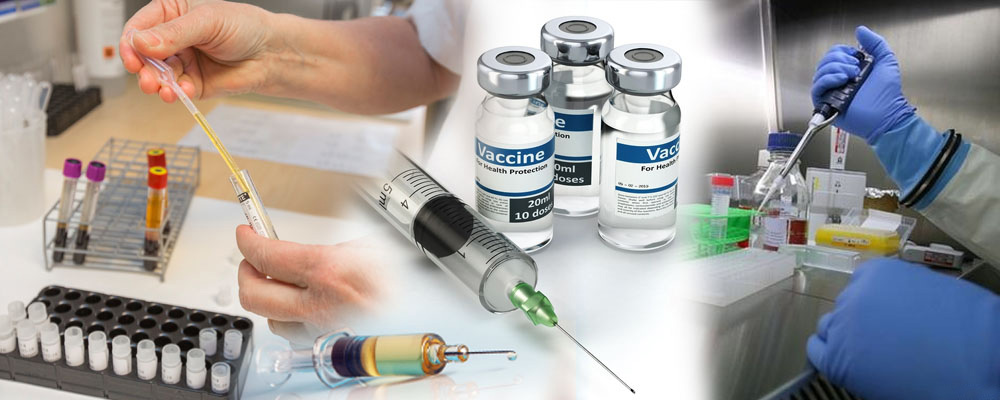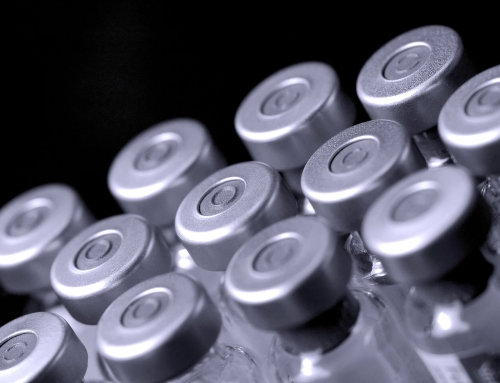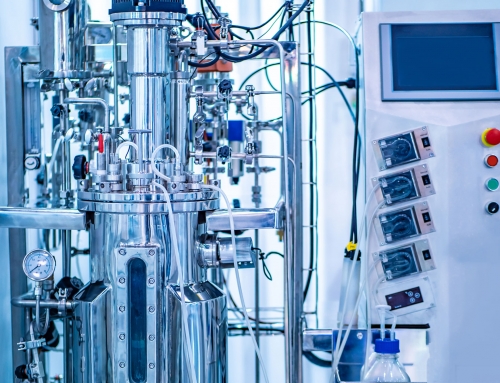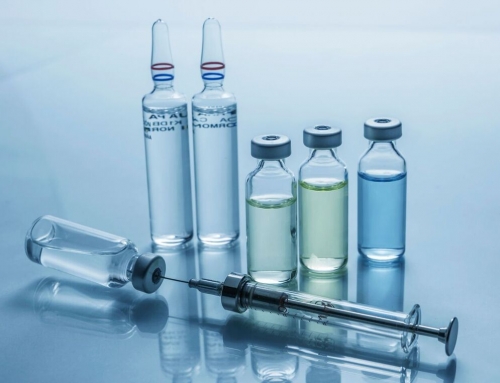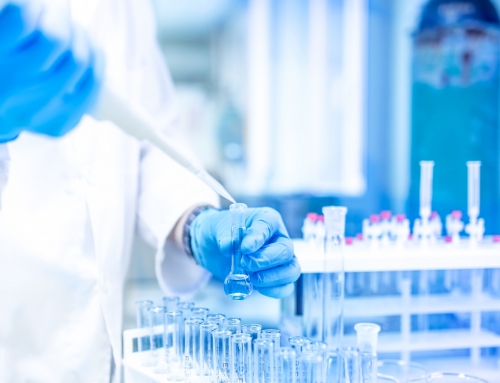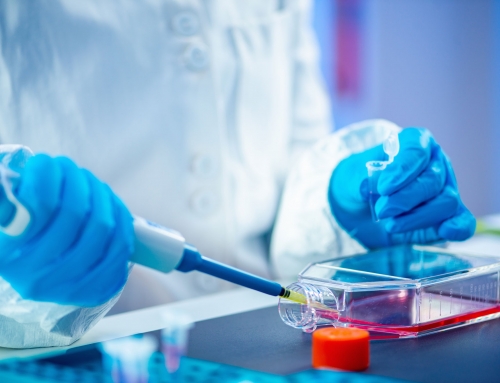Regulations in this sector are rapidly tightening, but advances in materials and manufacturing techniques can help manufacturers meet rising expectations.
As biopharmaceutical formulations capture ever-greater market share, demand for self-administered delivery systems has fueled rapid advances in the manufacturing of prefilled syringes. With increasing volume have come innovations in packaging and storage methods, and novel techniques have improved the quality and safety of prefilled syringes for injectable biologics.
However, these new developments have placed increasing pressure on biologics developers to work closely with contract manufacturing organizations (CMOs) from the early stages of the development pipeline, in order to ensure maximum efficiency as prefilled syringe products progress to the clinical and commercial stages.
This article highlights some of the most significant recent developments in prefilled syringe manufacturing, along with their practical implications for biologics developers.
Advances in materials and techniques have streamlined prefilled syringe manufacturing.
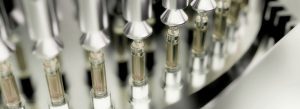
Over the past several years, a number of innovations have contributed to the development of safer, more reliable prefilled syringes for biologics. Some of the most crucial innovations have been in the syringe materials themselves. For example, polymer syringes provide stronger, more durable biologic delivery systems, while reducing the likelihood of harmful interactions between the active pharmaceutical ingredient (API) and the syringe’s interior surface.
In addition to developments in syringe materials themselves, new manufacturing technologies deliver more uniform, durable syringes. One of the most significant improvements has been the development of more precise processes for the shaping of glass. In concert with other enhancements such as diving nozzle technology, manufacturers are better able to control the exact dimensions and contents of each prefilled syringe they create.
Meanwhile, automated packaging systems have improved manufacturing efficiency, by enabling facilities to package syringes in nests or tubs. Automated visual inspection systems give manufacturers tighter control than ever over the cosmetic appearance of each batch of syringes, while computerized analytics systems provide clearer insight into siliconization patterns and tungsten residues, resulting in safer, more durable syringes.
The demand for safe prefilled syringes serves as a major driving force in the market.
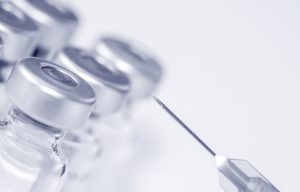
While safety is certainly a key concern for every biologic drug, the trend toward self-administered injectables has driven a particularly strong push toward safer, more durable prefilled syringes for biologics. Because prefilled syringes are easy for patients to use in their own homes, these delivery systems must be designed to minimize the risk of breakage, while also mitigating the risk of harmful interactions with other substances in the patient’s body.
Until recently, many prefilled syringes were of the conventional glass type, which is highly prone to breakage. Traditional syringes can also present problems for self-administration when the formulation they contain is unusually viscous, while common materials such as silicone oil and tungsten can cause irritation. Syringes containing extractables and leachables may also cause problematic interactions with the API they contain, particularly if the syringes are stored for long periods in a patient’s home.
For all these reasons, a growing number of biologics manufacturers now prefer to use polymer syringes free from adhesives and extractables. These new syringes are much less prone to breakage, and far less likely to interact negatively with a patient’s body tissues, or with any biologic API they contain. Furthermore, the US Food and Drug Administration (FDA) has recently rolled out new guidelines for the manufacturing of combination products such as prefilled syringes, requiring manufacturers to be more attentive than ever to the presence of visible particles and cosmetic defects in any syringe they ship.
The future promises further optimization in the production of prefilled biologic syringes.
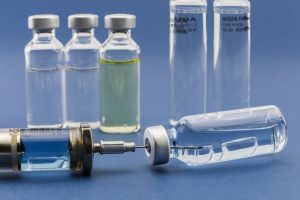
As regulatory guidelines keep tightening and patients’ safety expectations continue to rise, further enhancements in materials, production processes, inspection techniques, tracking systems, and analytics tools all clearly lie in the near future. In particular, regulatory bodies in the US and other countries have already set deadlines for the implementation of serialized tracking systems for prefilled syringe shipments. This means automation and tracking will become even more central components of a prefilled syringe manufacturing pipeline.
Further advances will provide enhancements to drug stability and patient safety, from the early stages of development all the way to full commercial release. The replacement of silicone with less-harmful lubricants will help preserve biologics’ stability during extended storage periods. Many manufacturers are also experimenting with needle designs that eliminate metal oxides in the syringe bore, since these chemicals are known to degrade many proteins. Thus, prefilled syringes will soon pose many fewer hazards to the biologic APIs they contain.
At the same time, improved technologies for tracking and visual inspection will help ensure more consistent product quality, by enabling manufacturers to detect cosmetic defects early-on in the pipeline, and take immediate steps to counteract those issues. Less painful needles will make self-administration a much less unpleasant chore, while decreasing instances of irritation and other physiological side effects. Meanwhile, more durable plastics will help prevent breakages, safeguarding patients’ health at home.
By taking proactive steps to introduce modern automation technologies into their prefilled syringe manufacturing pipelines, and by adopting the use of polymer syringes with low levels of silicone and tungsten, biologics developers can ensure that they stay ahead of their competitors, by producing consistent, cosmetically perfect lots of syringes, in full compliance with all federal guidelines. When considering CMO partners, these developers should carefully consider each partner’s ability to stay ahead of developing trends in prefilled syringe manufacturing.

